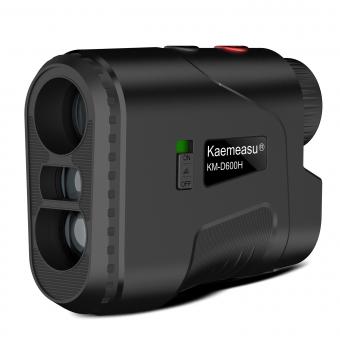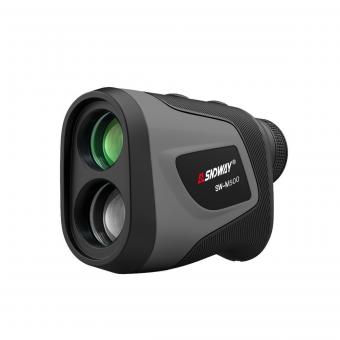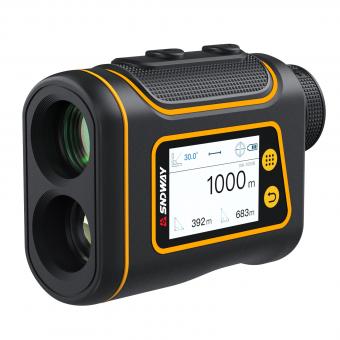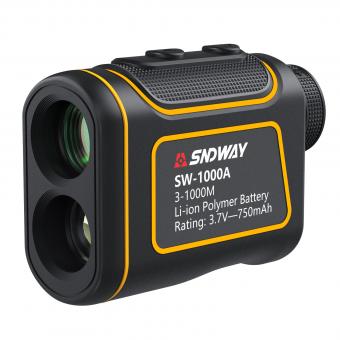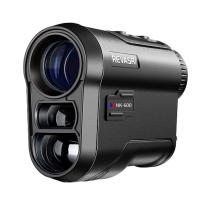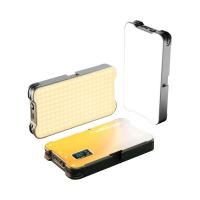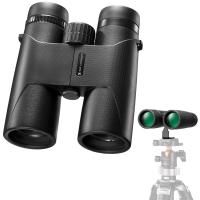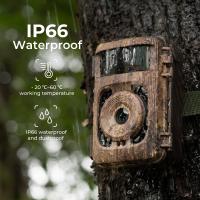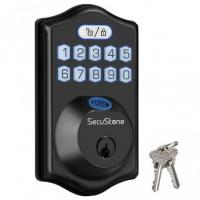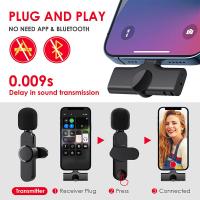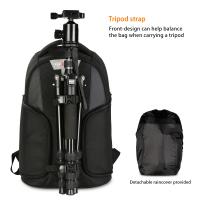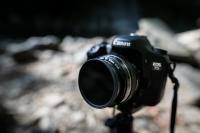What does a golf rangefinder do in golf?
2024-05-10 09:31:38
0 Comments
Golf rangefinders are such a helper to enable golfers to know the exact distance, select the right club, execute the perfect swing, and ultimately achieve their desired outcome, and that’s the reason why the golf rangefinders went viral on the court and were also known as the “15th pole” in the bag. In this context, learning about golf rangefinders and choosing one that suits you becomes paramount.
How to use a golf rangefinder:
1. Learn about golf rangefinder:
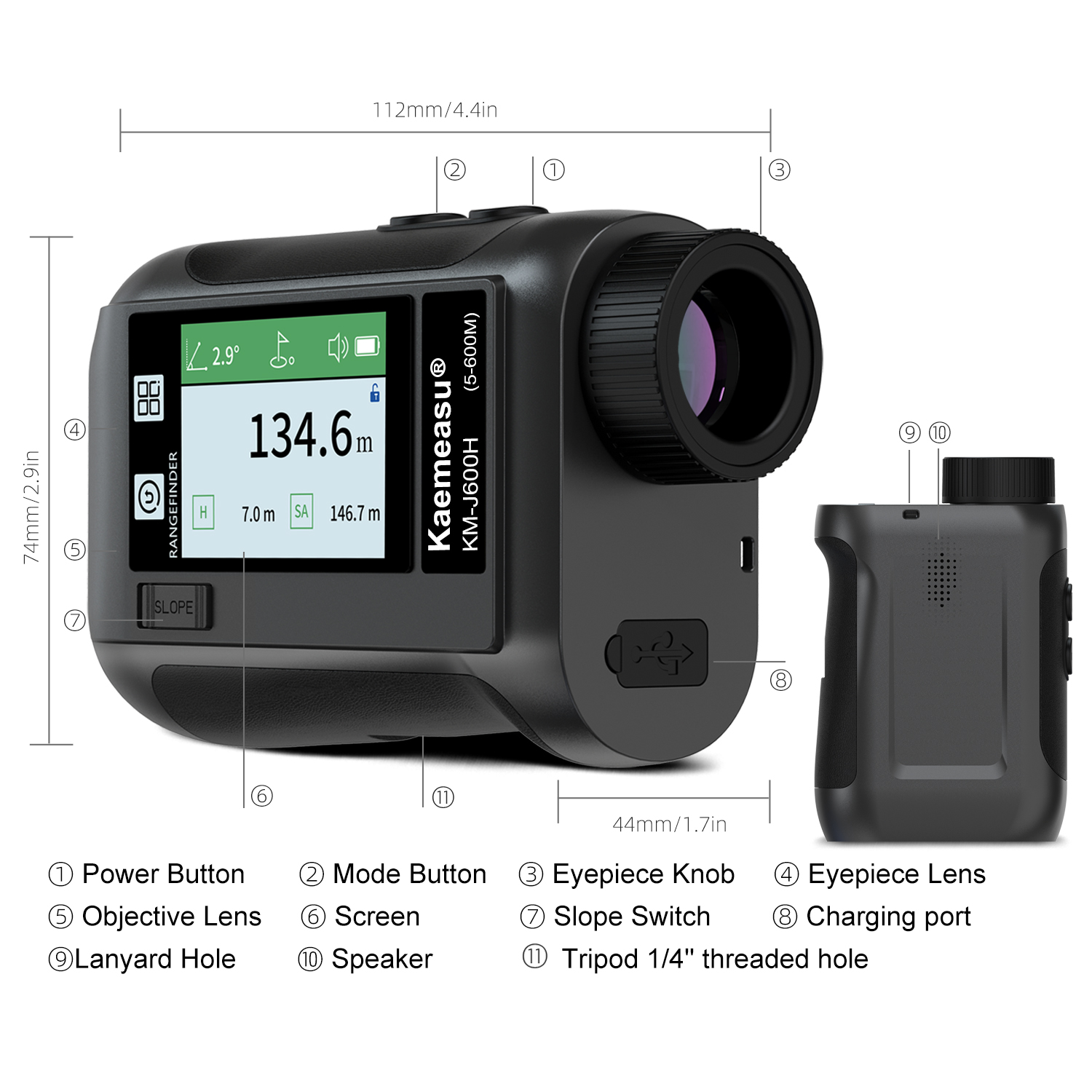
Take some time to familiarize yourself with the rangefinder's features and structure. Take a KM-J1200H golf rangefinder from the K&F concept for example, this diagram shows its structure and components clearly, the most commonly used are the power button, mode button, and slope switch, and you can choose the other buttons according to your demand.
2. Seven easy steps to use golf rangefinders:
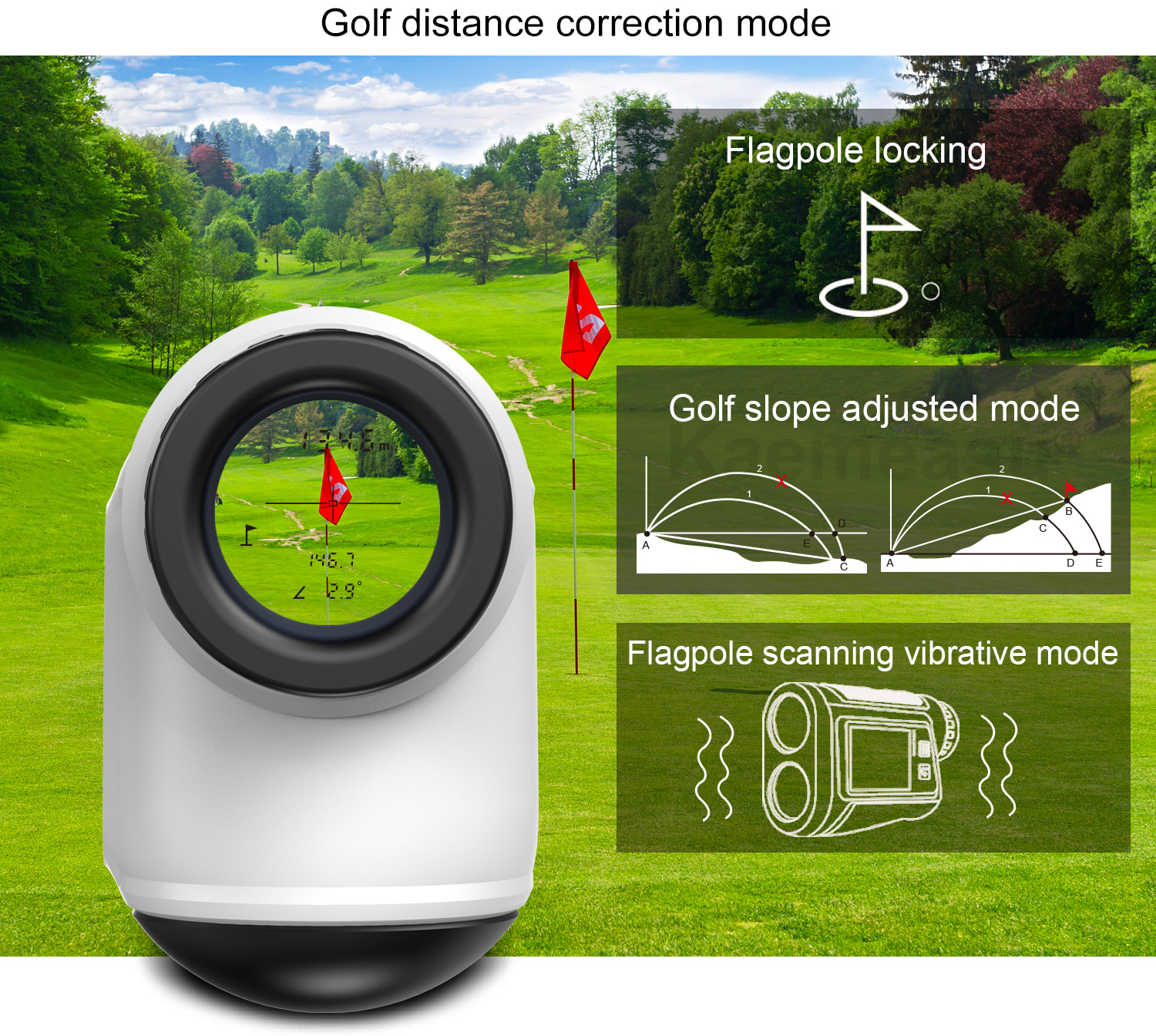
Step 1: Turn On the Rangefinder:
Turn on the rangefinder by pressing the power button for a few seconds, the rangefinder will power on and quickly measure the target, and the LCD will display the crosshairs.
Step 2: Adjust the Focus:
looking through the viewfinder and aiming the device at your targets. they could be the flagstick, a specific landmark, or any point on the course you want to measure the distance to. Adjust the focus of the rangefinder's crosshairs to ensure a clear and sharp image of the target.
Step 3: Mode Change:
When the swing distance is long and the distance and swing angle cannot be measured, you could change to golf compensation mode, so you can quickly measure the slope compensation distance to get more accurate data.
Step 4: Read the Distance Display:
Once the rangefinder has calculated the distance, the measurement will be displayed on the screen. Take note of the distance reading, which is usually displayed in yards or meters, depending on your preference.
Step 5: Adjust for Slope (if applicable):
Some advanced rangefinders come with slope compensation technology, which adjusts the distance measurements based on the elevation changes on the course. If your rangefinder has this feature and it's allowed under the rules of play, consider activating it for more accurate distance calculations.
Step 6: Use the Information to Make Decisions:
After obtaining the distance to your target, use this information to make informed decisions about club selection, shot strategy, and course management. Knowing the precise distance will help you execute your shots with greater confidence and accuracy.
The multifunctionality of golf rangefinders
How do rangefinders assist golfers in determining distances on the course accurately? What kind of physical data can it measure? Let’s take a KM-J1200H golf rangefinder for example again and explore the answers!
Long-distance measurement:

The rangefinder can read distances from 5 to 1200m and with magnification of up to 6.5x you can confidently take perfect measurements. It is an excellent rangefinder for hunting, golfing, racing, bird-watching, shooting, hiking, and other outdoor sports.
High accuracy and slope compensation distances:
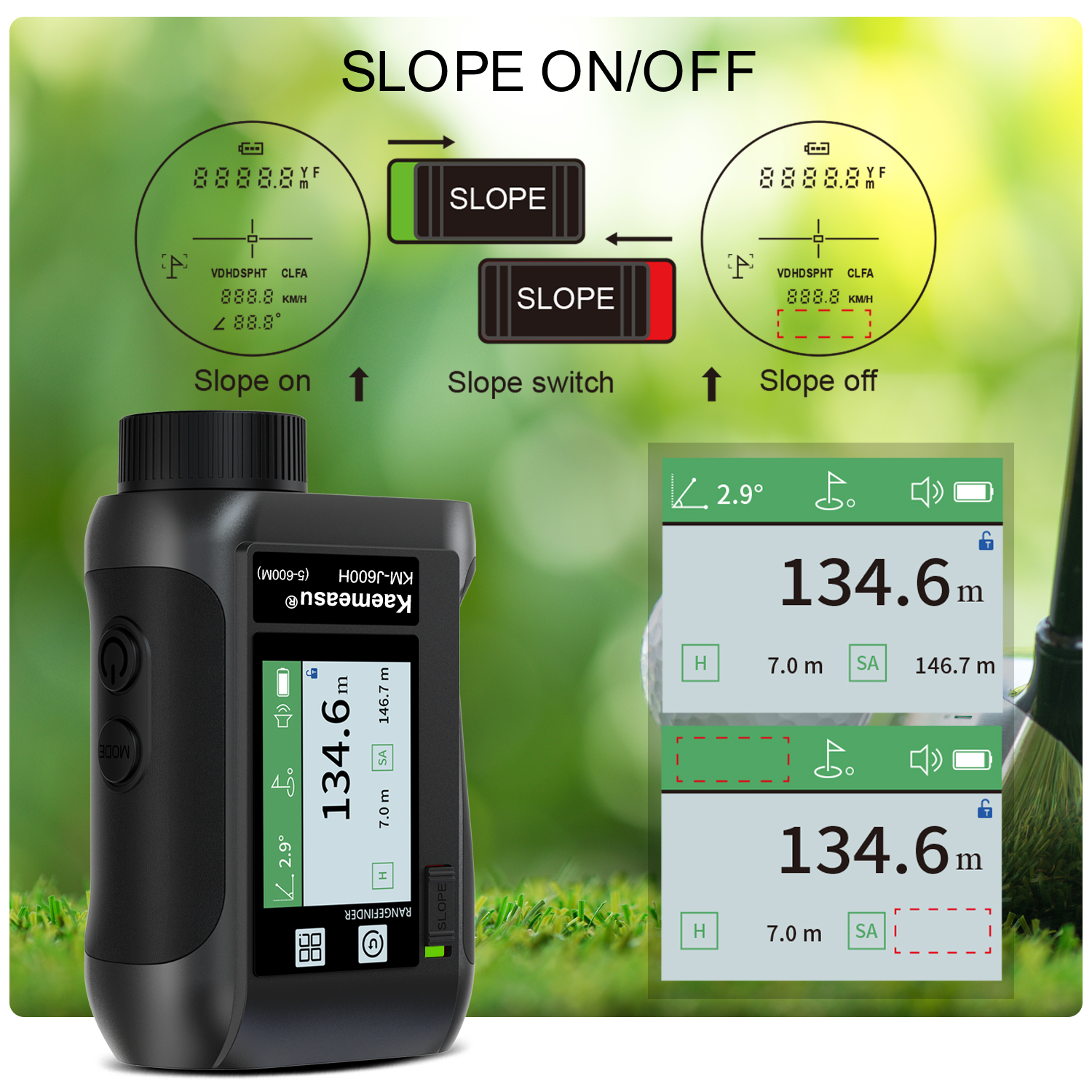
This golf rangefinder uses a high-performance combination chip with an accurate algorithm and a 905nm laser to measure the speed of fast-moving objects with an accuracy of +/-0.5m. golf mode for quick slope compensation distances and target locking, providing more accurate data for golfers.
Multifunctional measurement modes:
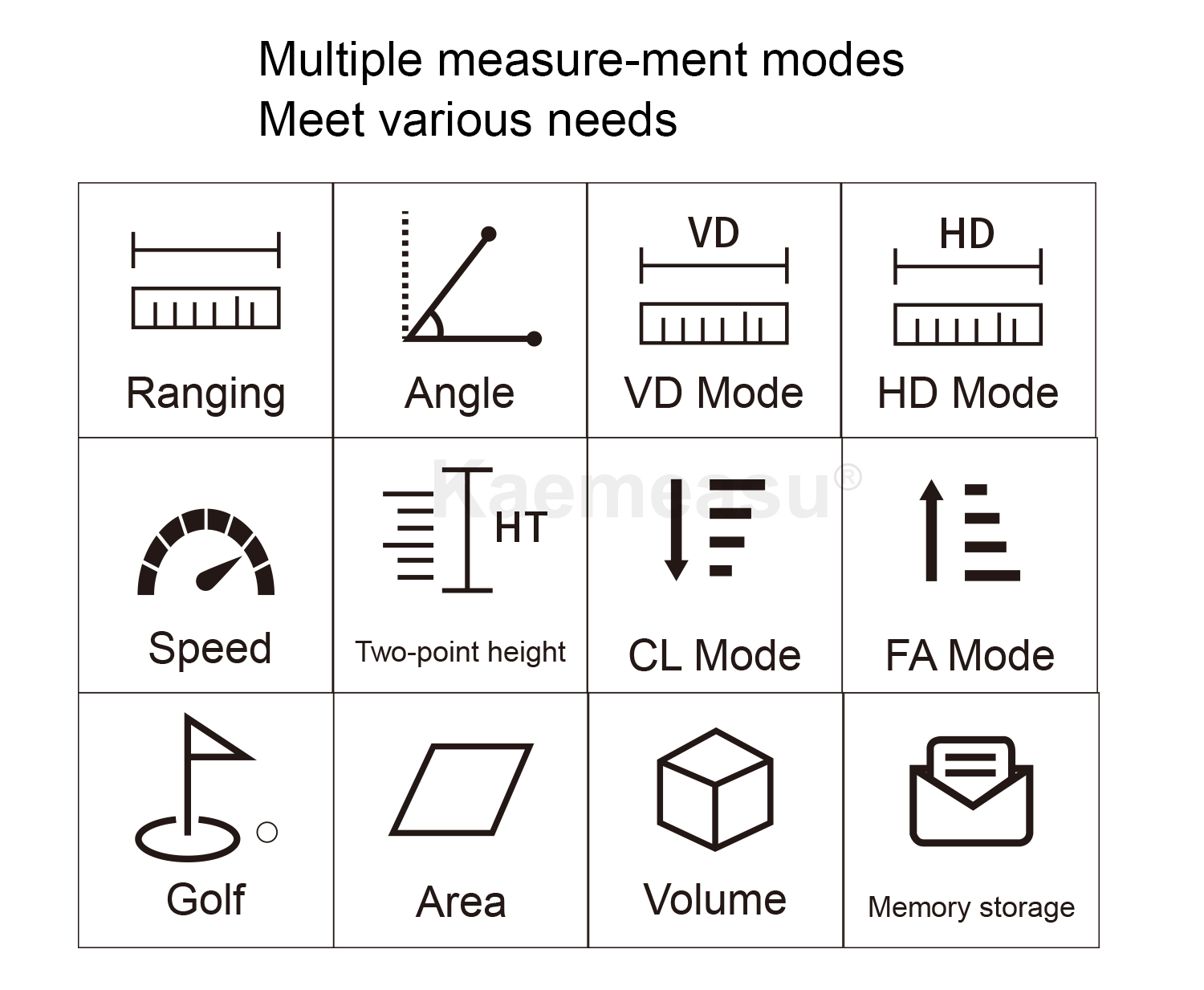
There are 15 measurement functions, including distance measurement, two-point height measurement, horizontal distance, nearest distance, vertical height, speed measurement, volume measurement, and many other useful measurements, with a comprehensive range of functions to meet your various needs. the mode used before switching off is recorded after switching off and remains in the mode used before switching on the next time, without you having to set it up again.
Voice function and touchscreen display:
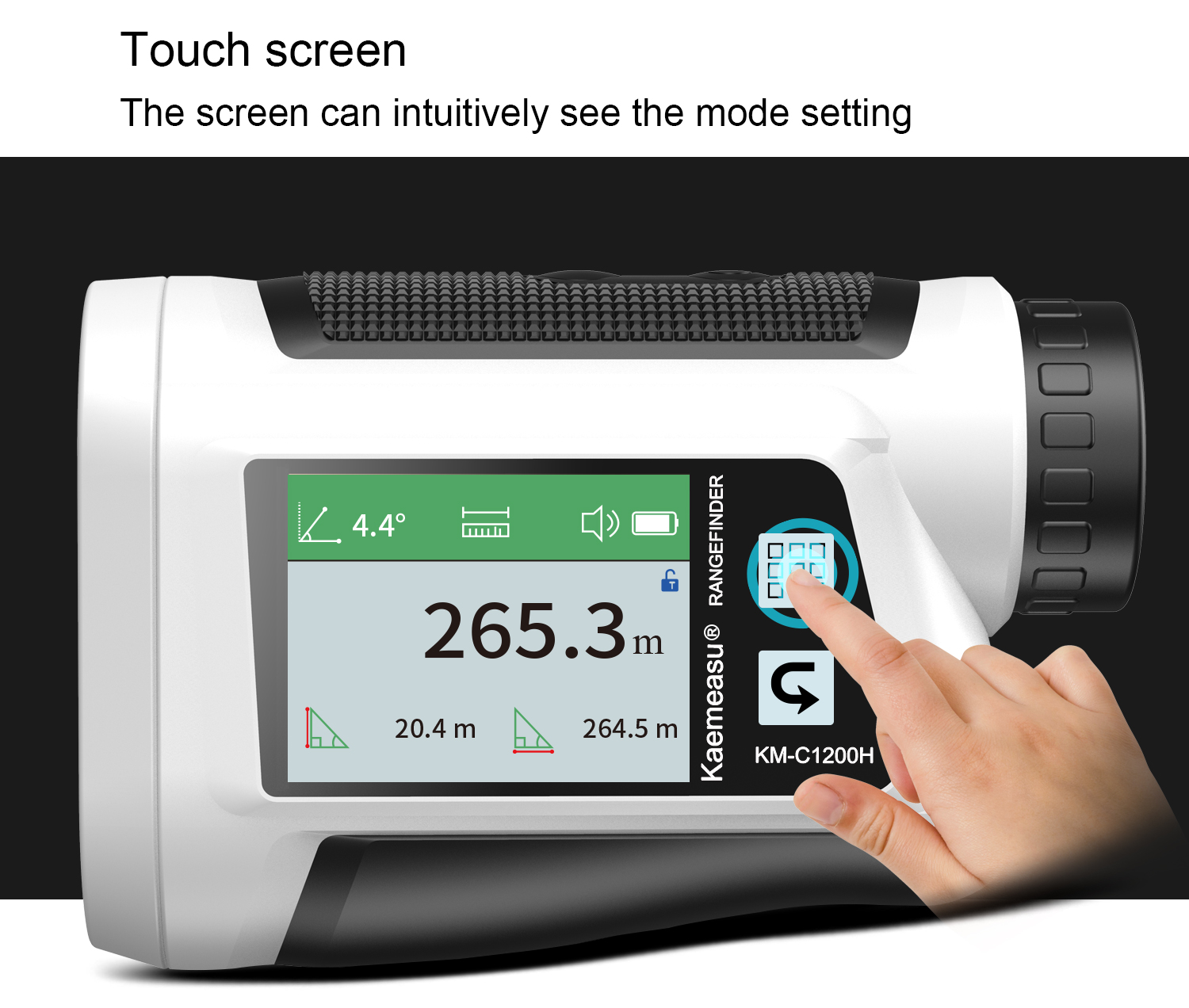
Some golf rangefinder has an intelligent voice announcement function that reads data out loud and in real time. It's like having a caddie standing over you, telling you the information you need.
Threaded hole and tripod support:
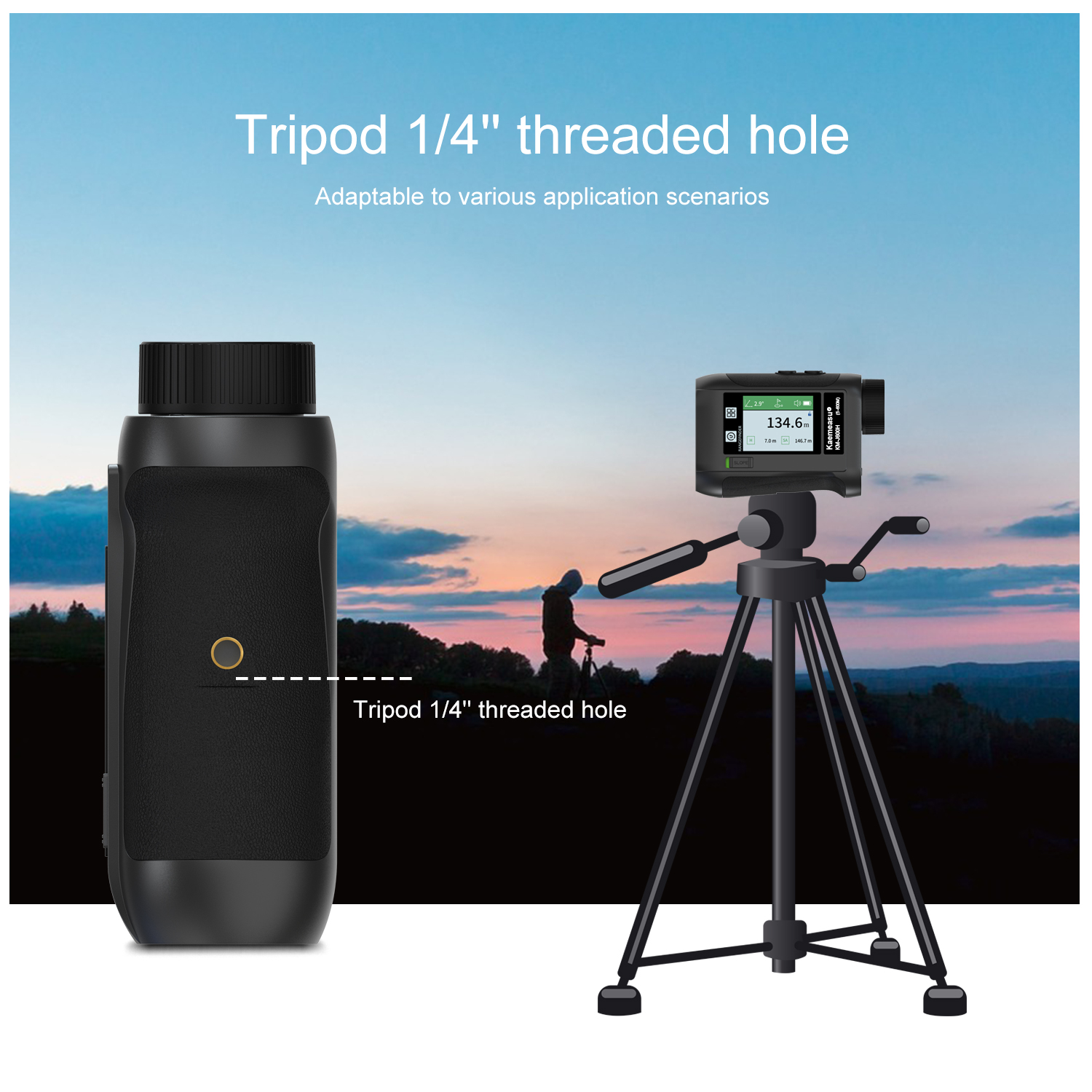
The rangefinders are equipped with a standard 1/4 threaded hole and can be used with a tripod for a variety of applications.
Choosing a suitable rangefinder for your needs
Factors to consider when selecting a golf rangefinder:
- Rangefinder Types: choose laser rangefinders or GPS rangefinders. For laser rangefinders, press the button to emit the laser beam and calculate the distance. For GPS rangefinders, the device will automatically detect your location and display the distances on the screen.
- Magnification and Measure Range: focus on the magnification and range number.
- Accuracy: high accuracy gives executes a more confident swing.
- User-friendly: a straightforward interface and intuitive controls will enhance your overall experience on the course.
- Size and Portability: opt for a compact and lightweight device that can easily fit in your pocket or golf bag without adding unnecessary bulk.
- Display and Visibility: look for features such as high-resolution screens, adjustable brightness settings, and contrast enhancement for optimal visibility on the course.
- Slope compensation Features: take note of any additional features or functionalities offered by the rangefinder, such as slope compensation, pin-seeking technology, and shot distance measurement.
- Battery Life and Durability: assess the battery life and the durability of the rangefinder and ensure it can last throughout your rounds without frequent recharging or battery replacements.
- Considering the Budget: set a budget for your rangefinder purchase and compare prices across different models to find the best binoculars.
- Reviews and Recommendations: Pay attention to feedback regarding accuracy, ease of use, and overall satisfaction with the product.
Integrating rangefinders into your golf routine:
Practicing with a rangefinder can be an effective way to improve your distance control and accuracy on the golf course. Here are some suggestions for utilizing rangefinders during practice sessions:
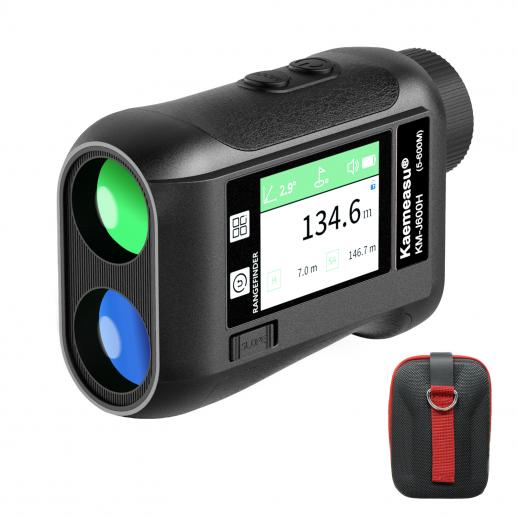
1. Target Practice:
- Set up targets at various distances on the driving range or practice area.
- Use your rangefinder to measure the distance to each target.
- Practice hitting shots to each target, focusing on achieving the desired distance and accuracy.
2. Distance Calibration:
- Use your rangefinder to measure the distance to specific targets or landing areas on the range.
- Hit a series of shots to each target, adjusting your club selection and swing intensity to achieve the desired distance.
- Use the feedback from your rangefinder to calibrate your perception of distance and improve your ability to gauge distances accurately.
3. Club Selection Exercises:
- Practice selecting the appropriate club for different distances by using your rangefinder to measure distances to various targets.
- Hit a series of shots with each club, focusing on achieving consistent distance and trajectory.
- Use the feedback from your rangefinder to fine-tune your club selection and develop a better understanding of your distances with each club.
4. Shot Trajectory Analysis:
- Use your rangefinder to measure the distance to specific targets or landing areas on the range.
- Hit a series of shots to each target, focusing on varying the trajectory of your shots (e.g., low, medium, high).
- Use the feedback from your rangefinder to analyze the effectiveness of different shot trajectories and identify areas for improvement.
5. On-Course Simulation:
- Take your rangefinder onto the course during practice rounds.
- Use it to measure distances to flags, hazards, and other targets, simulating real on-course conditions.
- Practice making club selections and shot decisions based on the information provided by your rangefinder, refining your strategy and decision-making skills.
Conclusion:
You must have a quite clear understanding of golf rangefinder after reading this blog, why not visit our website to get more details? Take action now and invest in your the “15th pole” that will perfect your golf experience. Your next birdie, eagle, or even hole-in-one could be just a precise distance measurement away.
Leave your comment
Note: HTML is not translated!

